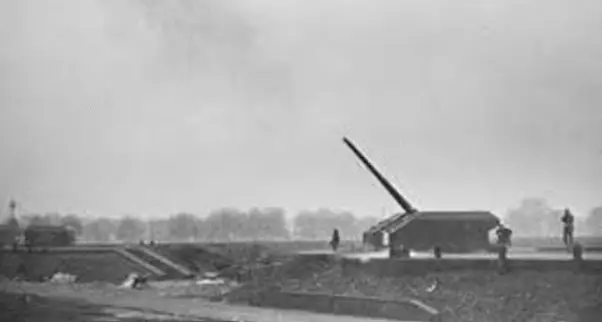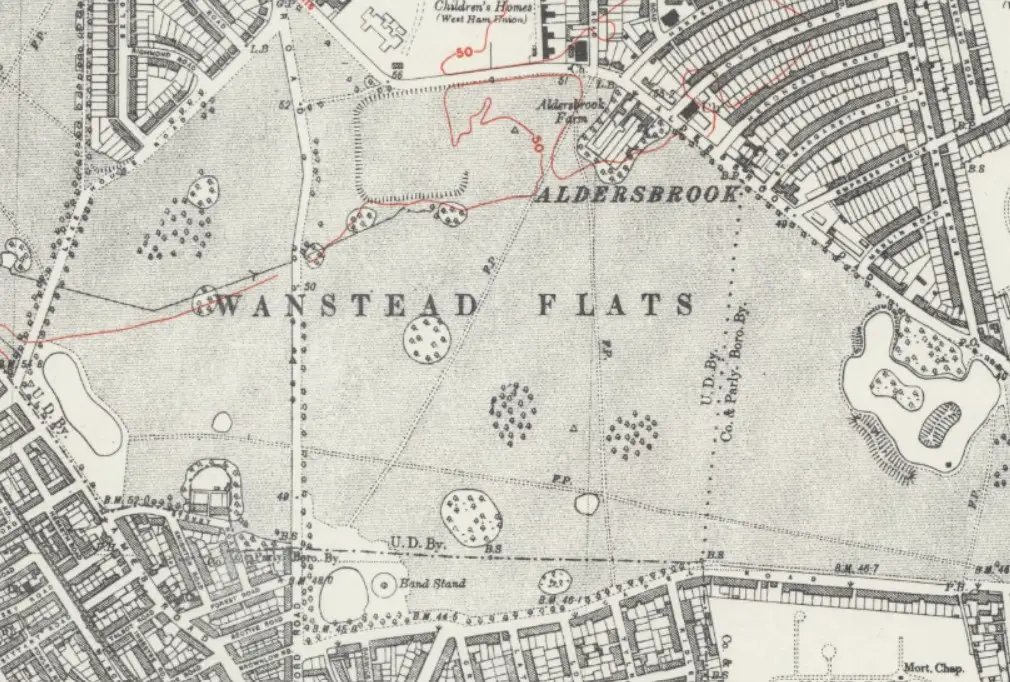Introduction
Henry George Langdon was one of three Hardington men killed during the Second World War. He served his country by defending London from aerial attacks.
Childhood
Henry was born at West Chinnock on 8 March 1913, the fourth of eight sons born to Joseph and Sarah Langdon.[1] His father was a sailcloth bleacher who died when Henry was only twenty. His mother was the daughter of a farm labourer. Henry’s grandfather, George Langdon, was a successful grocer and coal merchant.
Marriage
In 1938, Henry married Louisa Rendell, the daughter of James and Louisa Rendell of Hardington Mandeville. The couple moved into a house in North Lane with Louisa’s widowed mother, and Henry worked as a farm labourer. Louisa’s married sister, Elsie Charles, lived further along the lane at Underhill.
Second World War
Henry enlisted in the Royal Artillery early in the war, joining his older brothers, Reginald and Frederick.
By August 1944, the thirty-one-year-old Henry was stationed on Wanstead Flats, an open space in East London, serving as a gunner with the 533rd Battery of the 156th Heavy Anti-Aircraft Regiment. The area was bustling with military activity, including an anti-aircraft gun battery, searchlights, an anti-aircraft rocket system, a radio detection system, a gas decontamination centre and a military camp. During the build-up to D-Day, troops slept in tents on the Flats, and military vehicles crowded the surrounding streets.[2]
By May 1944, Henry probably began to believe that he was out of danger, as German bombing raids on London had ended. Then, on 13 June, that all changed when the first V-1 flying bomb (commonly known as a doodlebug) struck London.
Two months later, Henry was dead. His death certificate states that he died on 15 August 1944 at the “Camp Site, Aldersbrook Road, Wanstead,” and the cause of death was “Due to War Operations.” What facts lay behind this anodyne bureaucratic phrase is difficult to say. On that day, over 100 V-1s struck London, marking the highest daily total recorded up to that point, and it is possible that one of these bombs landed near Henry. On the other hand, he could have been killed by accident of some kind. Whatever the circumstances, Henry’s body was returned to Hardington for burial in the churchyard.
Louisa’s later life
After the war, Louisa left Hardington and possibly moved to West Coker. She died in 2005 at the age of 90.
Children
Henry and Louisa had three children: Margaret, born in 1939; Eric, born in 1941; and Anthony, born after his father’s death.
References
[1] Joseph and Sarah Langdon had eight sons and no daughters.
[2] https://www.theforestmag.com/articles/forest-gate-history-journal-wanstead-flats-at-war



